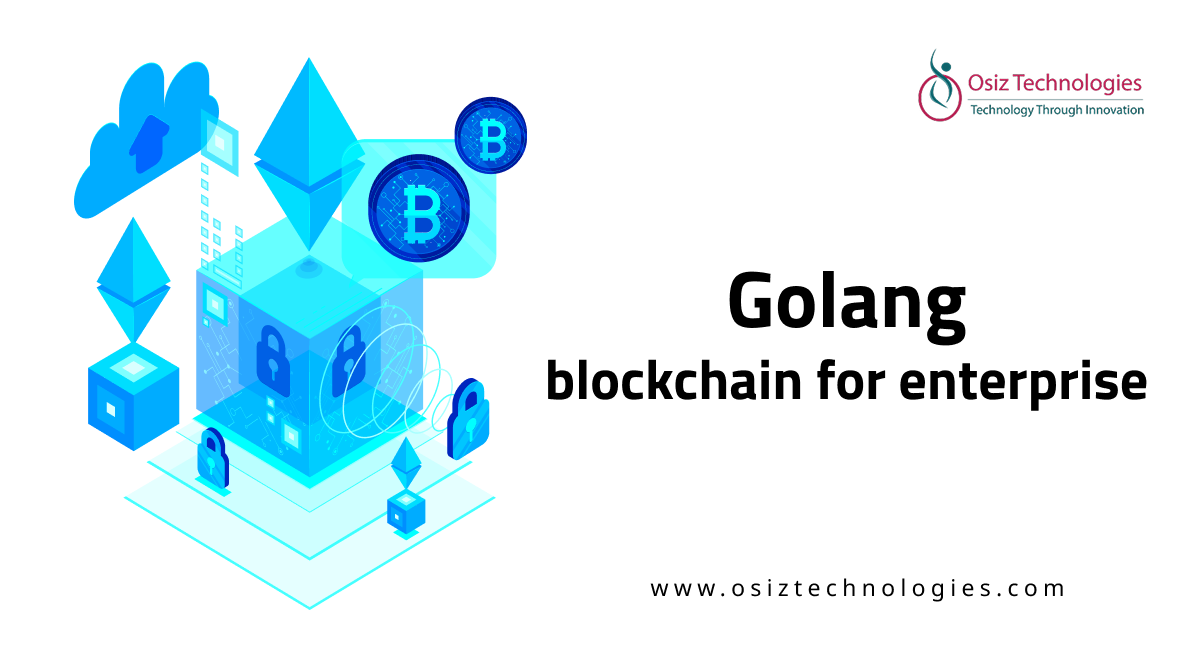Data Modernization
Data modernization is the process of modernizing an organization's data architecture, systems, and procedures to match current business requirements and capitalize on new technologies. It includes cloud migration for scalability, real-time processing, data integration from multiple sources, improved analytics, enhanced security, and flexible architecture. Key tenets include,
Cloud migration for scalability and accessibility.
-
Real-time data processing and analysis
-
Integration of several data sources.
-
Implementation of advanced analytics and AI/ML capabilities.
-
Improved data security and governance
-
Adoption of flexible and agile data structures.
-
Increased data quality and consistency.
-
Non-technical individuals can access data through self-service
-
Automating data management duties
-
Continuous optimization and adaptation to changing business needs.
Benefits Of Data Modernization
-
Superior Customer Experiences: Businesses can learn more about preferences, behaviors, and needs by centralizing and analyzing customer data.This makes it possible for proactive customer care, customized product recommendations, and personalized marketing.Better client happiness, greater loyalty, and higher retention rates are the results.
-
AI-powered Intelligence Systems: Data modernization enables the deployment of powerful AI systems that use machine learning techniques to examine large datasets. This leads to data-driven insights, predictive analytics, and automated decision-making processes, which improve overall company intelligence and strategic planning skills.
-
Increased Security and Compliance: Advanced security features like encryption, access controls, and real-time monitoring are all incorporated into data modernization. Robust security measures that secure confidential data guarantee adherence to regulations and lessen the likelihood of data breaches. Businesses may keep the trust of their clients and stay out of trouble financially.
-
Enhanced operational efficiency: A modernized data architecture streamlines processes, lowers manual duties, and removes data silos. This optimization yields faster data processing, real-time analytics, and more efficient resource allocation. As a result, businesses can gain increased productivity, lower operational expenses, and more efficient processes across departments.
-
Enhanced Agility and Innovation: New products can reach the market faster, experiments can be conducted more quickly, and companies can react swiftly to shifting market conditions. Because of their increased agility, businesses are more equipped to stay competitive, experiment with new business models, and seize new possibilities.
A Comprehensive Guide to Implementing Data Modernization
Businesses can maximize the potential of their data and derive valuable insights by putting their data modernization strategy into practice, which entails numerous processes. Here's a routine to help you get started.
Define your business objectives
Begin by clearly outlining your business objectives and identifying the specific difficulties or opportunities you intend to solve through data modernization.This phase is critical for coordinating your data strategy with your overall business goals.Consider how data modernization may improve decision-making, operational efficiency, and promote innovation in your company.
Assess the current state of your data
Evaluate your current data infrastructure. Determine the strengths and weaknesses, data quality issues, and any bottlenecks or constraints that prevent effective data exploitation. This assessment will provide insights into areas for improvement and help you prioritize your modernization initiatives.
Strategize Based on Business Objectives
Create a data modernization approach that is tailored to your specific company needs. Consider scalability, agility, cost-effectiveness, and the requirement for real-time information. Determine the primary aims and outcomes you hope to achieve through modernization. This will help guide technology choices and inform deployment strategies.
Select the right technologies
Choose technology and tools that are consistent with your modernization strategy and will help you reach your business objectives. Consider cloud computing platforms, big data technology, data integration software, and sophisticated analytics solutions. Assess the capabilities, scalability, and compatibility of various technologies in relation to your data needs.
Create a strong governance framework
Set up a strong governance system to assure data quality, security, and compliance throughout the modernization process. Establish data management policies, access controls, and privacy guidelines. Implement data governance policies to ensure data integrity, accountability, and successful communication across teams.
Use Cases Of Data Modernization
1. Updating data analytics workflows
Modernizing data analytics workflows involves incorporating cutting-edge technologies and approaches. This includes implementing real-time analytics, predictive modeling, and self-service business intelligence platforms. Companies can shift from static reporting to dynamic, interactive dashboards with automatic insights production.
Benefit: Faster and more accurate decision-making at all levels of the organization.
2. Implementing Data Lakes and Warehouses
Modernization projects generally involve developing centralized archives for organized and unstructured data. Data lakes retain raw data in its original format, whereas data warehouses organize information for specialized analytical objectives. This strategy eliminates data silos and provides a consolidated picture of organizational data.
Benefits: Improved data consistency and simpler cross-functional analysis.
3. Integrating Diverse Data Sources
Data modernization allows for seamless integration of data from multiple internal and external sources. This includes merging data from many departments, IoT devices, social media platforms, and third-party APIs. Advanced integration approaches ensure real-time data synchronization while maintaining data quality across several sources.
Benefit: A comprehensive picture of operations leads to more in-depth insights.
4. Migrating legacy data to the cloud
This involves transferring historical data from on-premises systems to cloud platforms. This procedure includes data cleansing, restructuring, and optimization for cloud settings. Cloud migration enables expandable storage, increased accessibility, and superior disaster recovery capabilities.
Benefits: Reduced infrastructure costs and enhanced data availability.
Closure
Businesses may fully utilize their data assets through the revolutionary process of data modernization. It is impossible to overestimate the significance of updating data infrastructure as organizations navigate an increasingly data-driven environment. Businesses can get fresh insights, improve operational efficiency, and drive innovation by using cloud technology, advanced analytics, and agile techniques. However, meticulous preparation, thoughtful execution, and continuous dedication are necessary for data modernization to be successful. Modernization initiatives must be in line with business goals, data governance and security must be given top priority, and an organization-wide data-driven culture must be promoted.
In the end, data modernization is about rethinking how data can create value for the business, not just about modernizing technology. Businesses that complete this transition will be well-positioned to prosper in the digital era, making more intelligent judgments and providing better customer experience for growth and innovation. Being a leading digital transformation company, Osiz can help businesses adopt data modernization, ensuring a seamless transition to a more data-driven and innovative future. Connect with our experts today to explore how we can tailor a data modernization strategy that aligns with your business goals and unlocks new opportunities for success.
Listen To The Article
Recent Blogs

X-Mas 30%
Offer












